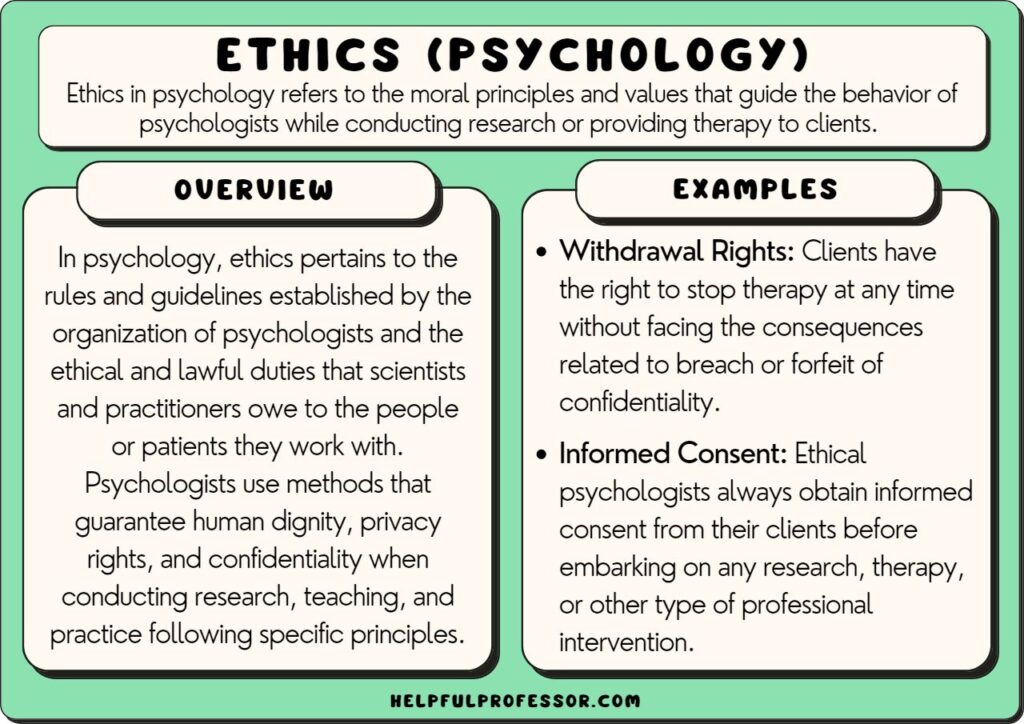Planning a Cognitive Psychology Practice with Low Investment
Planning a Cognitive Psychology Practice with Low Investment
Blog Article
Why Open a Psychology Practice
Opening a psychology practice offers independence that many mental health professionals desire. Instead of working under someone else’s rules, you can design your therapeutic approach.
Financially, owning a psychology practice can increase your income potential. Instead of sharing fees with agencies, you keep what you earn after expenses.
Another reason to start your own psychology office is the ability to design an environment that aligns with your values. You can choose decor, therapy tools, and resources that reflect your philosophy.
What’s the Investment for a Psychology Practice
The cost to open a psychology practice depends on scale. On average, setting up a small private office might range from $5,000 to $20,000, covering licensing.
Don’t forget hidden costs such as cleaning services.
Starting small can reduce upfront costs: some psychologists begin with shared office spaces or part-time leases.

Building a Therapy Practice from Home
Decorate the space to feel welcoming and professional, using neutral colors.
Liability insurance is still recommended to protect both you and your clients.
Marketing a home practice can focus on local online listings, social media, and networking with nearby professionals.
Starting a Cognitive Behavioral Therapy Office
A cognitive-focused office benefits from whiteboards to engage clients in cognitive restructuring exercises.
Consider subscriptions to updated protocols to stay informed.
Networking with physicians, schools, and wellness centers can generate referrals targeting those needing cognitive therapy.
How to Set Up an Online Psychology Practice
Test your lighting, background, and audio to ensure professional video quality.
Ensure your liability insurance covers telehealth services.
Marketing an online practice may focus on SEO-optimized content, social media, and online directories.

Creating a Community-Based Psychology Practice
A social psychology practice focuses on addressing group behavior. Setting up this practice may involve partnering with schools to provide outreach and interventions.
Grant funding or sponsorships may help cover costs if offering low-fee or free services for marginalized communities.
Sharing success stories or partnerships on social media reinforces your practice’s mission and attracts collaborative opportunities.
How to Grow a Psychology Practice Effectively
Tracking outcomes and client satisfaction can guide continuous improvement and boost referrals.
Consistent communication through blogs, newsletters, or workshops positions you as an expert in your niche.
Lastly, practicing self-care ensures sustainability so you can continue serving clients effectively over time.
Is Setting Up a Psychology Practice Right for You?
Whether you choose a social outreach project, the process requires careful planning and commitment.
This guide covered marketing strategies to help you move forward confidently.
With passion, perseverance, and descubra mais ethical care, your psychology practice can grow into a meaningful and rewarding endeavor.
FAQ About Setting Up a Psychology Practice
How much does it cost to open a psychology practice?
The cost ranges widely depending on location, size, and services. On average, setting up a small office may cost between $5,000 and $20,000, covering furniture, licenses, insurance, and marketing.
Can I open a psychology practice at home?
You may need a home business permit, soundproofing for confidentiality, and professional liability insurance.
Do I need special software for an online psychology practice?
Scheduling software, encrypted communication tools, and reliable internet are key.
How can I attract clients to my psychology practice?
Effective strategies include networking with other professionals, listing in therapy directories, creating a website, and offering workshops.
Do I need a business plan for my psychology practice?
Yes, a business plan outlines your vision, target audience, budget, and growth strategy.
Report this page